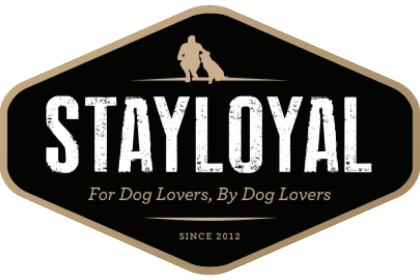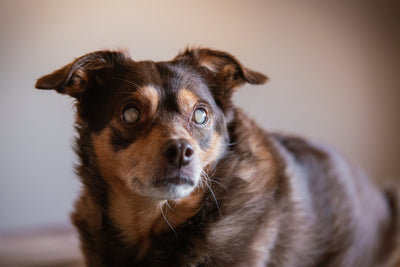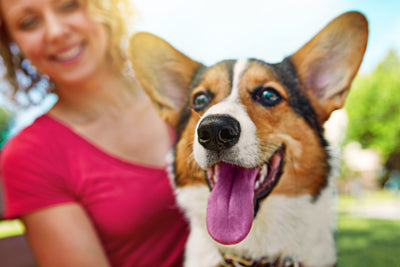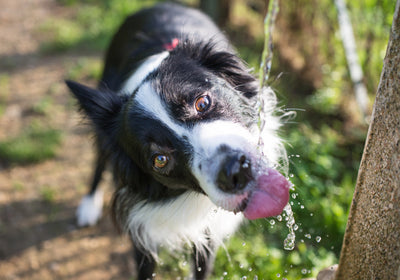What Type of Dog Leash Should I Use?

If you are a new dog owner, you may be surprised to find an entire aisle of dog leashes at the pet store. You were probably expecting to go in, find a lead in a color you like and leave. But now you are faced with more decisions that you were prepared for and the biggest question of all – which one should I get?
There are 3 main factors to consider when choosing a leash:
1. Size of dog
2. Activities you will be doing with your dog
3. Environment you will be using your leash in
With these factors in mind, here are the most common types of leashes and how they fit in with these factors.
Traditional Leash
A traditional lead is usually flat and made of leather or nylon. Nowadays they also come in biothene and you can even have a custom fabric one made if you like. I’ve even seen chain ones (not recommended as they are very hard on your hands should your dog pull). They usually come in 1.20 meters or 1.8 meters. Width usually varies from 1.2 to 2.5cm. They have a clip (that attaches to the collar) on one end and a loop handle on the other end.
The size of your dog may affect the width and length you want, especially in the case of small dogs. Small dogs will need a longer lead (closer to the ground so the leash has to reach further!), but a narrower width so it’s less bulky. For big dogs, it’s more a matter of preference and what else you will be doing with them.
These leads are great for training, because they keep your dog rather close. Most people who compete in obedience and rally events, for example, use the shorter 1.2m leashes.
These leashes are great for walking your dog in crowded areas, such as an urban setting. They keep your dog near you so that they are less likely to get tangled up with someone passing by. It also keeps them from running into traffic or getting into garbage bins you pass.
I myself use a 1.8 meter leash that is strong but soft on the hands and is easy to grip no matter where I grab it.
Slip Leads
Slip leads were born for convenience. They are a collar and leash in one – all you have to do is slip it over the dog’s head and you are good to go. They can either be a “choke” or martingale style (limited choke) collar. They are usually the same lengths as traditional leashes.
For small dogs or dogs that pull a lot, these can be hard on their tracheas/necks, even the martingale style. Any size dog can slip their head out of them if they are clever enough to flip their head while the lead is loose.
They are very handy for dogs learning off-leash sports, which is really what they were invented for. Agility dog owners use them so they can quickly take them off at the beginning of their run and put them back on afterward.
Like traditional leads, they keep your dog close, so they are good for those more crowded walks.
Retractable Leash
Retractable leashes come in various lengths up to 9m. The idea behind the retractable leash was that it gives dog a chance to feel off-leash, without actually being off-leash. Their biggest issue is that you cannot retract the leash (make it shorter) if your dog is pulling on it.
They make different leads for different sized dogs, so make sure you by the one that fits your dog – a Great Dane might break one that is made for a small dog like a Chihuahua.
If your dog doesn’t have a good recall, a retractable leash can be a great way to let them play fetch without having to worrying about them running away. They can also be used for training, such as practicing stays at a park.
They are best suited for areas where your dog has room to roam uninhibited. Walking in a forest with a bunch of trees may prove frustrating for you, as your dog wraps himself around trees. Walking in an urban setting can be dangerous as the leads are hard to see and people can trip over them. Big fields, the beach, or quiet roads with little foot or vehicle traffic are best.
Long Lines
A long line is just a very long nylon leash. They are used by horse riders to lunge their horses. Common lengths are 3, 4.5, 6, and 9m. Their biggest issue is that, unlike the retractable lead, they are cumbersome to carry around when not let out.
For little dogs, it can be hard to find a long line that is not heavy. You can always make one by attaching a snap to some paracord. For big dogs, these are great – just choose the length you want.
Like retractable leads, the long line is great for playing with dogs whose recall is less than perfect or for training things like stay or scent work. They are better than retractable leads because you can drop them and let your dog drag it if you would like. Then, you can step on it if your dog starts to run or if you need to, you can gather up the extra quickly. Try that with a retractable and you will slice your hands.
Long lines, like retractable, are best in wide, open areas were your dog has a lot of room roam. Of course, you can use them in other environments, but you might get frustrated at constantly untangling your dog.
Quality of leashes
In general, most leashes and collars are made strong enough for the application. However, be aware that larger stronger dogs do need stronger leashes and collars. Use common sense here… over engineered collars and leashes are probably better than thin flimsy ones. Also check the quality of the clips, rings, joins and stitching to make sure the individual leash you buy doesn’t have any obvious faults.
Once you decide on what type(s) you want, then all that’s left is choosing your favorite color. You may find you need more than one type of leash, to use during difference activities or in different environments. And that’s great. Think of your dog’s leash as his shoes – the right ones can make all the difference








